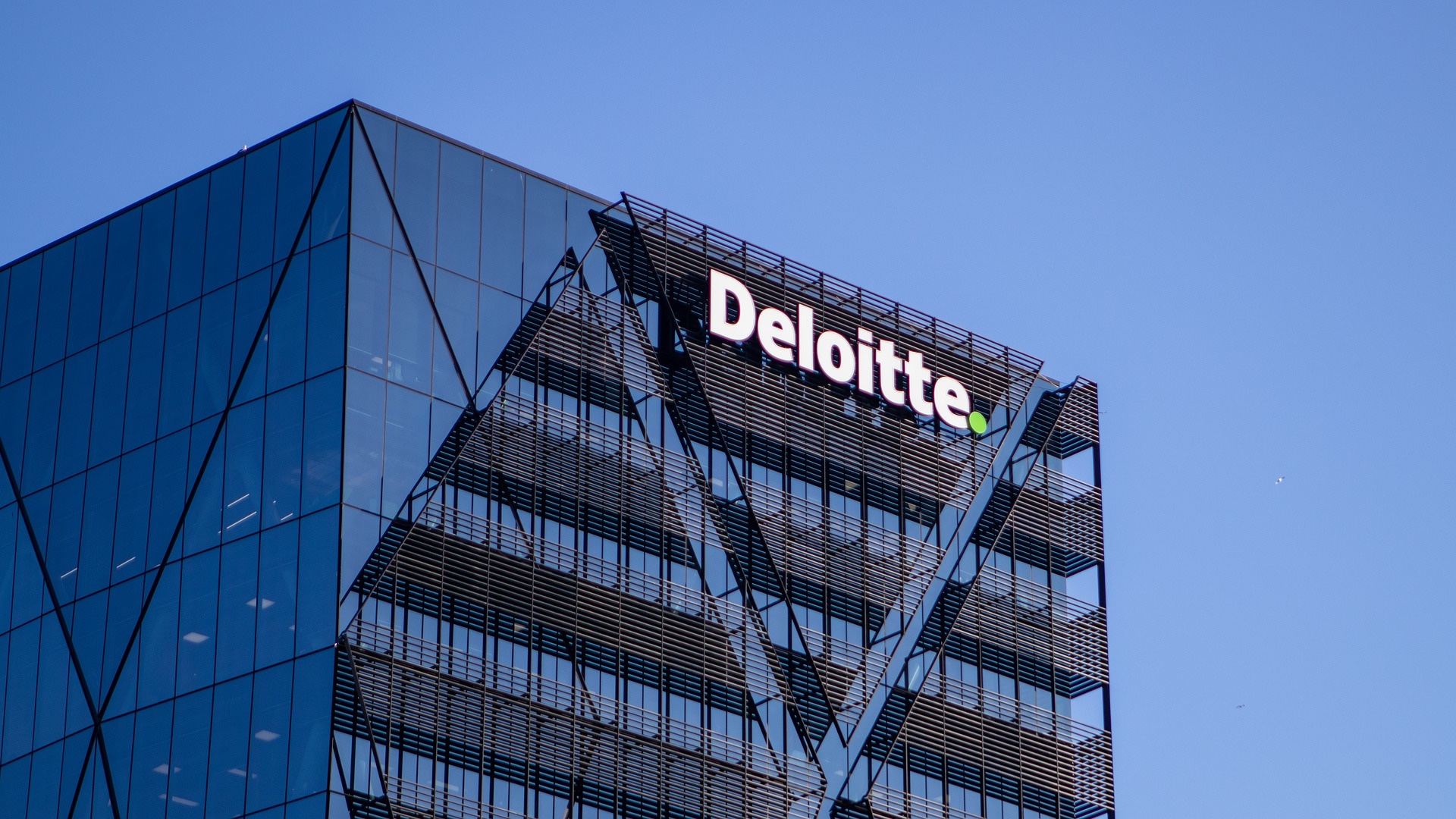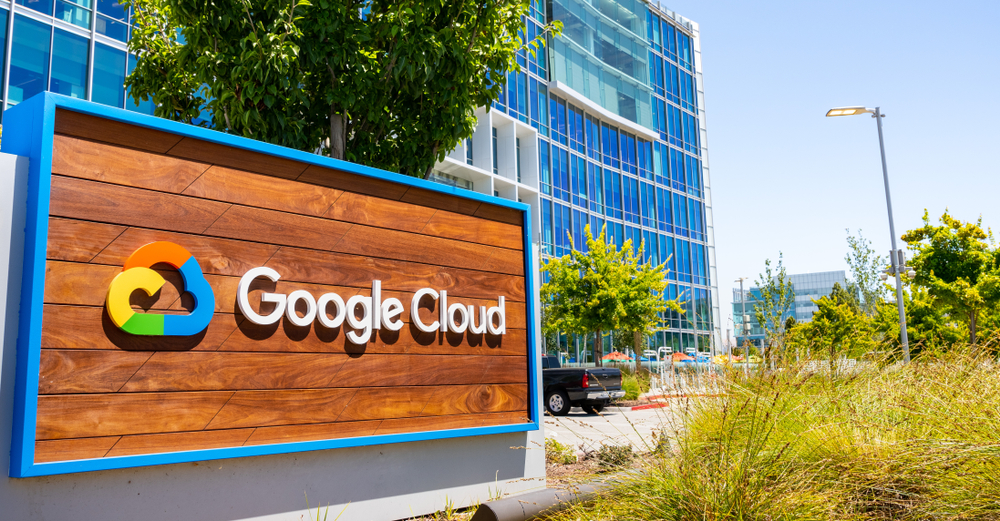Business has collided with a wall. The GenAI revolution won’t happen without fundamental work on information quality, and new models risk being poisoned by content from other AI.
The first stage of the fascination with Generative AI is officially over. The period in which companies massively experimented with simple automations – such as meeting summarisation or email writing support – is slowly coming to an end. As Celent‘s latest survey of financial institutions shows, the industry is undergoing a hard ‘reality check’. Market sentiment has dropped as boards have stopped asking “can we use AI?” and started asking “how much money will we make from it?”.
This shift towards hard ROI is natural and healthy. The problem is that right now, with transformational and real revenue-generating projects on the table, business has collided with a wall. It has turned out that the biggest inhibitor to the AI revolution is not a lack of computing power, a shortage of talent or a lack of ideas. It is the fuel on which these systems run – our own data.
The Celent survey is unforgiving here: a staggering 42% of respondents cited data readiness and quality as the number one success factor for implementing GenAI. This is the most important single barrier. It turns out that in the race for artificial intelligence, the winner will not be the first to buy the latest model, but the first to clean up their own backyard.
GIGO on steroids (Garbage In, Garbage Out)
IT veterans will shrug their shoulders and say that the Garbage In, Garbage Out principle is as old as IT itself. This is true, but in the context of Generative AI it takes on a whole new, much more dangerous dimension.
In traditional business analytics, erroneous data input led to an erroneous Excel report or a misplaced chart on the dashboard. This is a problem, but it is usually isolated and can be caught by the analyst.
Poor quality data do not lead to one erroneous report. They train a model that becomes the foundation for hundreds of processes in the company. If we feed the model with incomplete, outdated or simply wrong data, we don’t get the wrong answer – we get a systemically flawed decision engine. An engine that produces convincing hallucinations with great confidence, generates false analyses and automates processes based on untruths.
Financial institutions that need to manage risk understand this very well. As Celent analysts point out, companies today need models that are not only effective, but above all robust. You cannot build a robust, revenue-generating AI application on a foundation of junk data.
New risks: AI is eating its own tail
As if the old data quality problems weren’t enough, a whole new existential threat has appeared on the horizon. Call it AI cannibalism or model poisoning.
Most generic models (such as the ones we rely on) were trained on huge datasets from the open internet. For decades, it was a reservoir of human knowledge, creativity and, yes, also errors. However, for the past two years, the internet has been rapidly changing. It is flooded with content generated by… other artificial intelligences.
A digital perpetual motion machine is being created in which new AI models are trained on synthetic, shallow and often questionable content generated by their predecessors. The Celent study directly points out this risk: “newer generic models risk being trained on bad data and poor responses”.
For business, this means that relying solely on generic models, fed by public pap, is becoming increasingly risky. The quality of their answers may steadily decline, and with it the quality of business decisions based on them.
Strategic turnaround: From AI buying to data hygiene
With 42% of IT leaders saying outright that data is the number one concern, what does this mean for companies’ strategies in the coming years?
We are seeing a clear shift in priorities and budgets. Smart organisations are no longer chasing shiny objects – i.e. buying the next trendy AI tool. Instead, they are going back to basics and investing in foundations.
This investment in data hygiene means very concrete actions. It is no longer just about cleaning up old databases. It’s implementing rigorous Data Governance processes, i.e. establishing who in the company owns what data and is responsible for its quality. It’s investing in Data Quality platforms that automatically monitor and clean collections. Finally, it’s painstaking audits and consolidation of dispersed information silos.
In this new reality, the greatest competitive advantage is not having AI. It is having unique, clean, high-quality and – crucially – proprietary data (first-party data) with which to safely and effectively train or tune AI models.
Time for a boring revolution
The fascinating Generative AI revolution we are all waiting for must be preceded by another, much less exciting but absolutely crucial revolution: a revolution in data management. Without getting the foundations right, everything else is just an expensive experiment with a very uncertain return on investment.
The winners will not be those who are quickest to buy access to the new model, but those who are most effective at laundering their data and protecting it from external poisoning.
Key lessons for business and technology leaders:
- Focus on ROI, not hype: the market has matured. Simple experiments are no longer enough, transformational implementations with measurable returns count.
- Data is the No. 1 barrier: The biggest challenge in GenAI implementations is not technology, but data quality and readiness (indicated by 42% of companies).
- GIGO on a new scale: In the GenAI era, the principle of rubbish in, rubbish out is more dangerous than ever. Poor data creates systemically flawed models, not just faulty reports.
- Beware of AI cannibalism: new models trained on content generated by other AI risk degradation. This is a real threat to companies relying on generic models.
- Shifting budgets: The strategic imperative is to invest not in more AI tools, but in the foundations: Data Governance, Data Quality and the hygiene of your own data assets.












